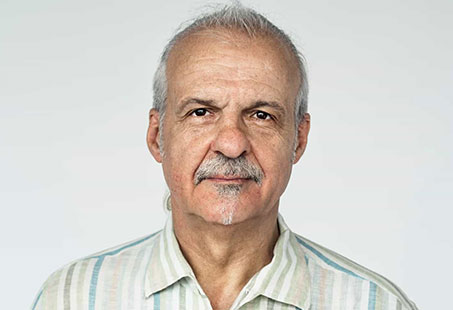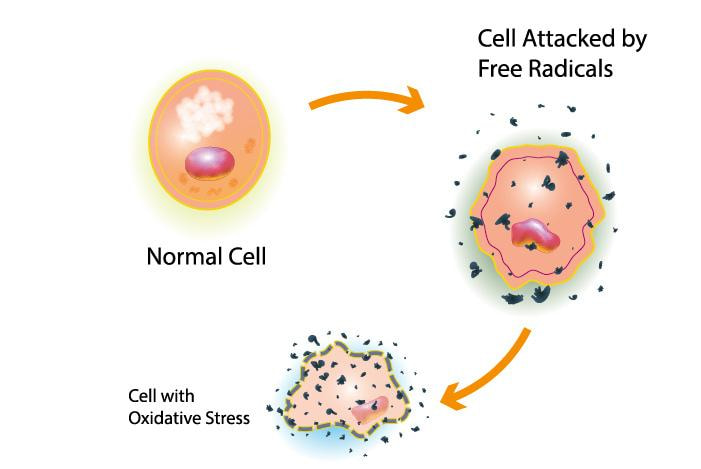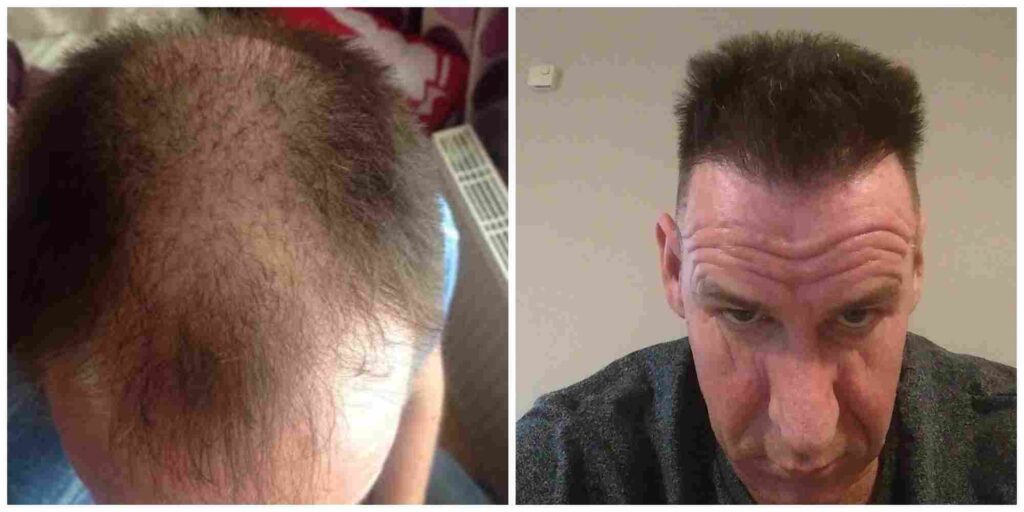Involutional alopecia refers to the natural thinning of hair with age. According to the National Library of Medicine, “nearly everyone” experiences this kind of hair loss.
Also known as senescent or senile alopecia, it’s also accompanied by changes in hair colour, texture, and thickness. Seeing how hair is a very significant part of our identity, the experience can be more than upsetting.
While the inevitability of ageing might make you think that there’s nothing you can do, there are certain things that can help.
In this guide, you’ll find out everything you need to know about involutional alopecia and what you can do about it.
What Is Involutional Alopecia?
Involution refers to the decline in the normal functioning of a part of the body due to ageing. Therefore, involutional alopecia is one that’s caused by naturally increasing age.
It can occur even if there’s no family history of this condition. And it can affect both men and women.
What happens is that the hair growth cycle is altered. The anagen (growing) phase is shortened, so hair doesn’t grow too long. Additionally, there’s a bigger gap between the telogen (resting) and anagen phase, so hair grows more slowly.
Involutional alopecia is commonly mixed up with androgenetic alopecia because of its somewhat similar presentation and frequent co-occurrence.

However, unlike androgenetic alopecia, involutional alopecia is not triggered by the presence of androgens (testosterone hair loss). Additionally, it does not cause follicular miniaturisation either.
In the past, there has been some controversy around involutional alopecia being labelled a type of hair loss.
A study published in Clinics in Dermatology concluded that significant hair loss in the elderly is usually caused by androgens. There are only a few cases of patients with “deteriorating diffuse alopecia,” and that’s probably an exception.
However, another research published in the Journal of Dermatological Science disputes this because it found the “gene expression profiles” of androgenetic alopecia are different from those of involutional alopecia.
What Are The Signs Of Involutional Alopecia?
Following are the signs of senescent alopecia:
- Reduced hair diameter (thinner hair shaft)
- Slowed hair growth
- Loss of pigment (greying)
- Reduced hair density
- Reduced terminal hair (thick, long and pigmented) count
It should be noted that involutional alopecia doesn’t have a distinct pattern. It occurs diffusely and gradually.
In addition, one study published in the British Journal of Dermatology found that senescent alopecia progresses quite irregularly. It stabilises, goes into remission and then comes back again. It’s possible that health and lifestyle factors influence it.
What Causes Involutional Alopecia?
Oxidative stress is a major cause of hair ageing, according to research published in the International Journal of Trichology.
This oxidative stress can come from different sources, such as ultraviolet radiation, smoking, radiation, pollution, alcohol consumption, a diet high in fat and/or carbohydrate content, and air pollutants, among others.
These factors can cause an imbalance between the free radicals and antioxidants in the body. The problem is that with ageing, the activity of these antioxidants decreases. As a result, the free radicals are not effectively neutralised.
That ends up damaging the proteins, DNA, cell structures and fatty tissue within the body. Hair’s just collateral damage.

However, there are other researches that suggest that hair thinning with age may have to do with our hair follicle stem cells.
A study published in Science found that over time, “genetic errors” occur in these stem cells. Keep in mind that these are the cells that essentially help in the growth of new hair.
At What Age Does Involutional Alopecia Start?
Involutional alopecia usually occurs in those above the age of 50 or 60.
However, age-related hair changes can start well before that.
For instance, a study published in the British Journal of Dermatology found that the hair diameter of women increases from age 20 to 40 or 45. However, it starts to decrease after that.
And in men, baldness may begin around age 30, according to the National Library of Medicine.
Is It Possible To Reverse Involutional Alopecia?
Since involutional alopecia occurs due to the natural process of ageing, it is permanent.
Whether it’s oxidative stress or faulty stem cells, it’s unlikely that you’ll grow new hair fibres.
Additionally, the related hair changes are also permanent. Your hair will stay thin, fine and grey.
What Is The Treatment For Involutional Alopecia?
For age-related hair thinning and shedding, your doctor might prescribe you minoxidil. While it’s not exactly understood how it works, it’s believed to stimulate hair growth by increasing blood flow to the scalp.
The drug only works for as long as you’re using it. It can cause a few side effects and it doesn’t work for everyone. So, make sure to discuss all its pros and cons with your doctor.
You might also be recommended the use of hair products that contain antioxidants like polyphenols, selenium, and vitamins A, C, and E.
Other than that, treatment can include taking steps to improve your general health and lifestyle (protein-rich foods, less alcohol, no smoking) as that may also affect the quality of your hair. On your end, you should also make sure to be gentle with your hair.
Platelet-rich plasma injections may also be helpful in stimulating hair growth. However, if you’re looking for a more permanent solution, a hair transplant would be the best option.

Conclusion
Involutional alopecia is inevitable and inescapable. It’s something that you’ll probably experience at a certain point in your life.
It doesn’t just cause hair loss but also leads to thinning and greying of the hair. Still, there are a few things that can help mitigate these changes.
Although, bear in mind that senescent alopecia can co-exist with other types of hair loss. So, if you’re losing your hair, you should consult a medical professional for an accurate diagnosis and treatment plan.
Reviewed and Approved by Trichologist Yaprak Yazan

